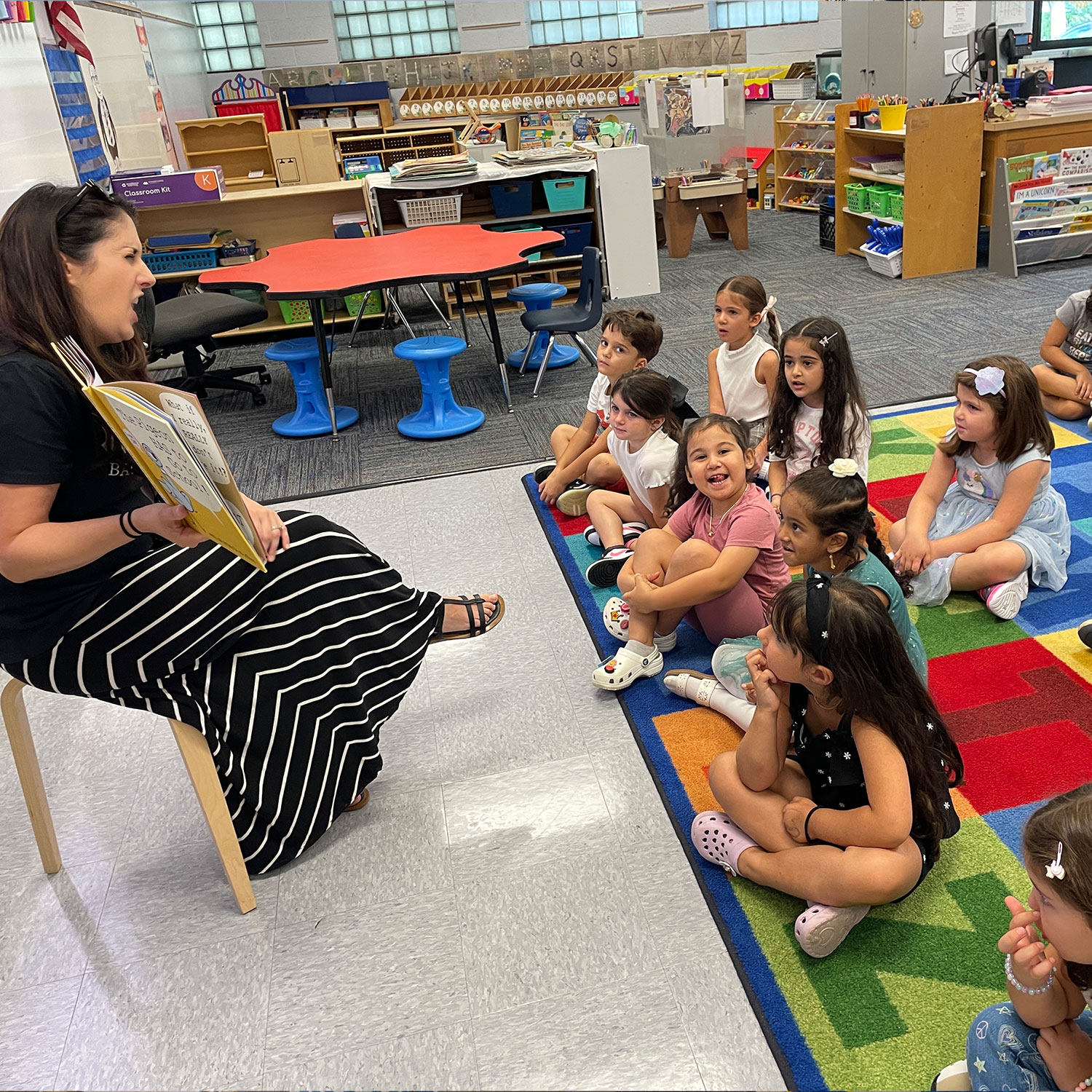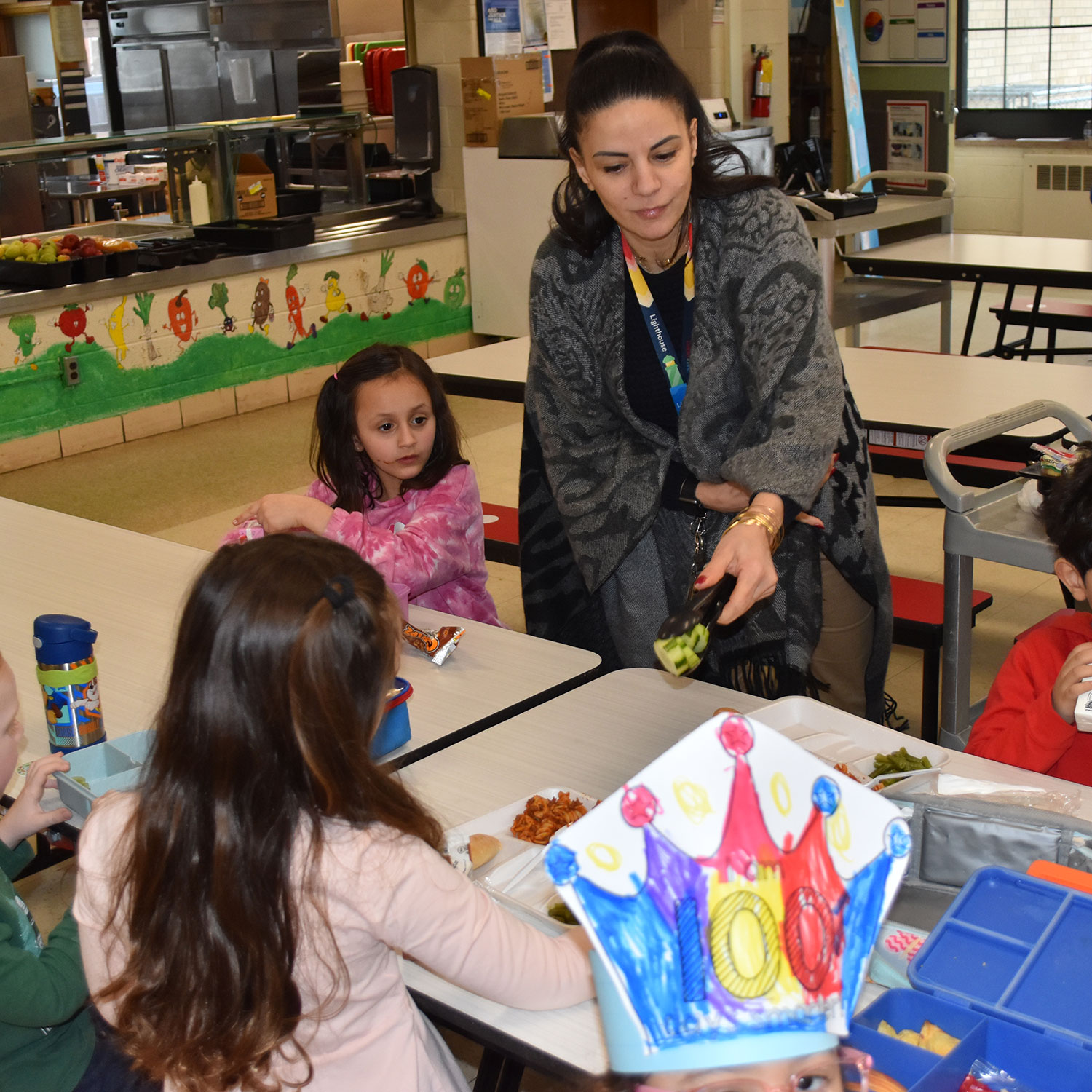Our Vision
Students First – Inspire, Educate, Celebrate
Our Mission
Dearborn Public Schools will provide an exceptional learning environment that empowers every student to succeed in life today and in the future.

To our Dearborn Community,
It is my honor to share with you the work of dozens of diverse stakeholders throughout our community. Together this group spent months formulating a Strategic Plan to ensure our district remains a leader in education. We started by analyzing data, comparing ourselves to similar districts in test scores, budget, staffing, and enrollment. We examined areas of strength, and we identified areas where the district will focus its energies in the next three years. Then we trusted our professional staff to develop the roadmap to attain the standards of excellence our community expects of the Dearborn Public Schools. Through this process, we will maintain our vision and mission statements that continue to be a call to action.
This school district is part of a growing, vibrant area built upon quality education and outstanding city services. New schools, housing, and retail development complement the existing infrastructure to provide residents with a safe, stable community. Each and every one of our schools is a great place for your child to receive their education.
The district offers programs and services to meet the needs of all students as you will see in this document. To find out more, please contact the school in your neighborhood or the Administration Office at 313-827-3006. Thank you for taking the time to review our Strategic Plan for the future of the Dearborn Public Schools.
Dr. Glenn Maleyko
Superintendent
Our Commitments

Strategic Plan Progress Monitoring
Strategic Plan Progress Monitoring
Focus Area 1: Instructional Improvement And Innovation
Focus Area 2: Student and Staff Well-Being
Focus Area 3: Stakeholder Engagement
Focus Area 4: Facilities and Infrastructure
Strategic Plan Stakeholders Committee
The Strategic Plan Committee members represented a wide array of roles throughout the district. Community members, parents, students, teachers, and administrators were all represented.
*Click on the Strategic Plan Committee Members to see all the members.
Focus Area 1: Instructional Improvement and Innovation
Dearborn Public Schools staff will meet the academic, social, and emotional needs of all students
SMART Goal: Maintain a high graduation rate and meet annual proficiency and growth targets in pre-K through 12th grade as set by the state accountability system
Focus Area 2: Student and Staff Well-Being
All students will learn in an environment that fosters social-emotional well-being, and global perspectives. Dearborn Public Schools will attract, develop, and retain excellent staff in a quality work environment.
SMART Goal: Students – Decrease bullying, increase positive behavior, improve discipline and attendance.
SMART Goal: Staff – Increase staff well-being and satisfaction as measured by annual surveys and increased retention rates
Focus Area 3: Stakeholder Engagement
Develop strong partnerships within the community to support a culture of learning for all.
SMART Goal: Improve trusting relationships between stakeholders and district as measured by annual surveys
Focus Area 4: Facilities and Infrastructure
Dearborn Schools will ensure safe and supportive facilities for all its students and employees.
SMART Goal: Improve infrastructure based on the Fielding Study Recommendations based on budget availability. Increase Security at all buildings.
